As the most popular drink on the planet, tea is integral to the identity, culture and politics of the Asian continent. If you are a tea lover, then make sure you visit these 5 major tea-growing countries when you are in Asia.
[rpi]CHINA – A TEA PARADISE IN ASIA
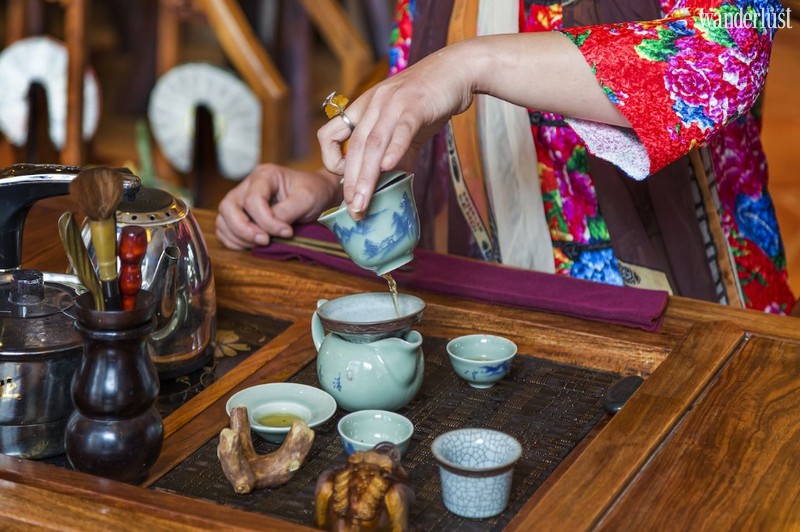
China is the largest producer of tea on the planet, cultivating around 35 per cent of the tea exported across the globe. It is also the world’s largest consumer of tea, drinking around 1.6 billion pounds of tea leaves every year. There are four major tea-growing regions in China, including Jiangbei (north of Yangtze River), Jiangnan (south of Yangtze River), Southern China and Southwest China which produce oolong, green, black, white and rare yellow teas.
The Zhejiang Province is famous for its green tea and Longjing (or dragon well) tea in particular. China, the beautiful country of Asia, also specialises in oolong teas and the Phoenix Mountains in Guangdong produce some of the best in the world. In Anhui Province, the speciality is black tea. Qimen, harvested in Anhui, is China’s premier black tea and is featured prominently in many English breakfast blends.
INDIA
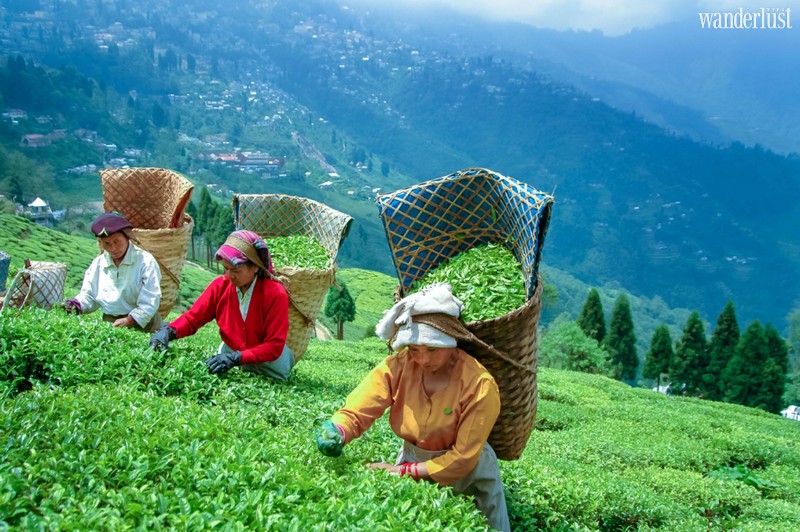
In 1835, tea exports from India were among the top exports alongside indigo, spices and herbs in Asia, but tea consumption across the country was relatively low. As a result, the Indian Tea Association try to popularise tea as a drink. There are three main tea-growing regions in India, including Darjeeling, Nigiri Hills and Assam. Assam is famous for its black breakfast teas which are typically described as having a malty or honey flavour. Meanwhile, the Darjeeling region in West Bengal produces black, green, white and oolong tea from the Camellia sinensis. Fragrant and smooth black teas are grown in the Nilgiri Hills region. If you are keen on Indian culture and cuisine, you might know masala chai (or spiced tea), a medicinal Aruyvedic beverage consumed in India for at least 5,000 years.
SRI LANKA
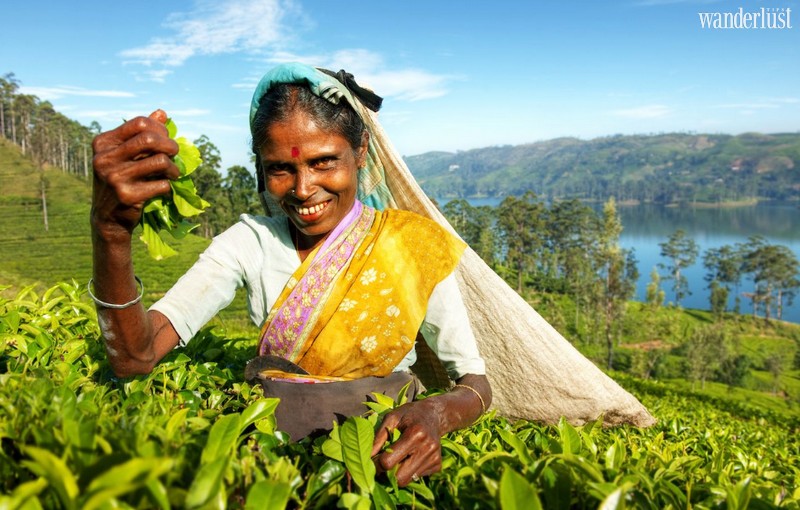
Located mainly in the central highlands, complete with the fertile soil, humidity and higher rainfall, Sri Lanka is one of the main tea-growing countries in Asia. Here, you will find rolling hills clad with row upon row of luscious, green tea plants, making it the perfect escape from the heat of Sri Lanka’s glorious beaches. The seven main tea growing areas in Sri Lanka are Nuwara Eliya, Dimbula, Uva, Uda Pussallawa, Ruhuna, Sambaragamuwa and Kandy, with flavours that range from mellow, to tangy to full bodied.
JAPAN – HOME TO THE TEA CEREMONY IN ASIA
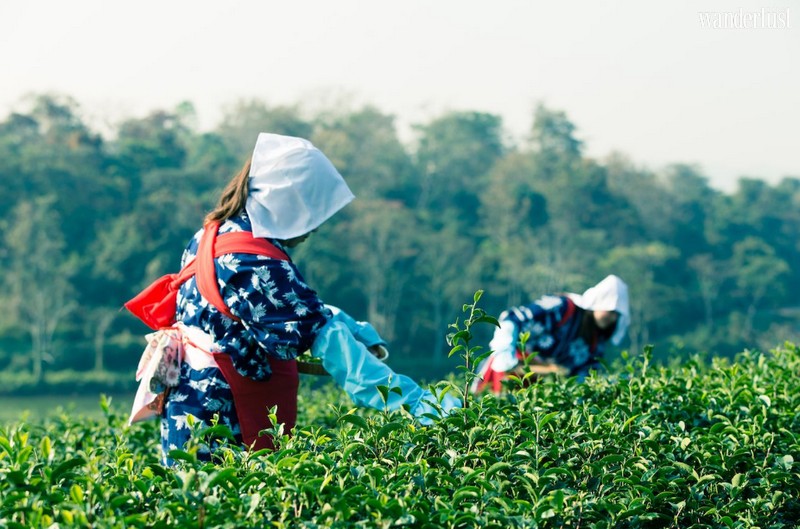
Aside from being famous for natural sights like cherry blossoms and Mount Fuji, cutting-edge technology, Japan is home to the art of the tea ceremony in Asia. Shizuoka and Uji are the most tea-growing regions in Japan. Although Shizuoka produces the most tea in Japan, accounting for 40 percent of the country’s tea plantations, it is said that Uji produces the best-tasting tea and Uji Gyokuro is the highest grade Japanese green tea. Today, green tea (or ryokucha), the most widely produced and beloved tea in Japan, is consumed in two principle ways: Sencha involves simply infusing the whole dry tea leaves in hot water and Matcha is finely ground green tea leaf powder that can be infused into noodles, ice cream and coffee.
TAIWAN
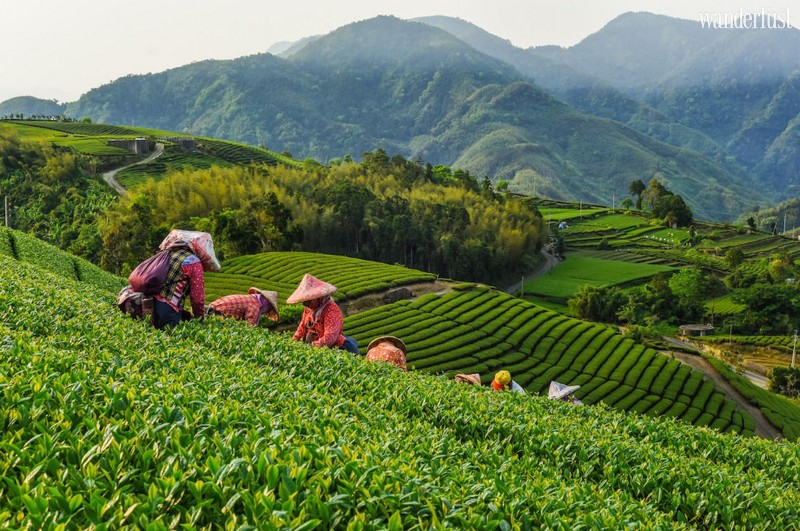
If you are a tea drinker, you have probably heard of Taiwan’s teas in Asia. Taiwan’s Wulong (or Oolong), also called Formosa Wulong, are considered the best Wulong teas in the world and are highly sought-after exports. The Nantou region, home to Dong Ding oolong, is responsible for producing half the island’s tea. Sun Moon Lake in Nantou also cultivates Taiwan’s most renowned black tea, a sweet, rich variety called red ruby. In Pinglin, Taipei, tea plantations grow pouchong, an exceptional green-hued oolong famous for its floral aromas. “Come in and drink tea” is a common greeting to guests in Taiwan.
Wanderlust Tips


[…] above E.P., a restaurant featuring a hodgepodge of vibrant Asian cuisine, the L.P. rooftop bar is one of the largest rooftop patios in Los Angeles. Aside from stunning […]
[…] As he worked, the tea master gracefully explained to us that this is known as “the spring wind brushing the surface”, and its purpose is to clean and even out the temperature between the inside and outside of the pot, so that the flavours of the tea fully unfurl. The flavours of the tea already filled the air, and we thought it was time to take a sip. However, the tea master once again surprised us when he discarded the tea water, which he explained was to clean the tea of any dirt and activate the best flavours of the tea. […]
[…] hamper packages including tea, wine, cookie, jam and Teddy bear are presented in luxury and different designs and named under the […]
[…] The Mid-Autumn Festival is a festival to celebrate the successful rice harvest. It is a time when farmers can kick back and relax after working hard. The festival falls on the 15th day of the 8th lunar month and has gradually become an important and meaningful occasion in the cultural life of many Asian countries. […]
[…] Matcha is made from finely grounded tea leaves and whisked in water to create a type of foam by a specially made bamboo whisk called. Matcha has formed the backbone of Japanese fine arts. […]